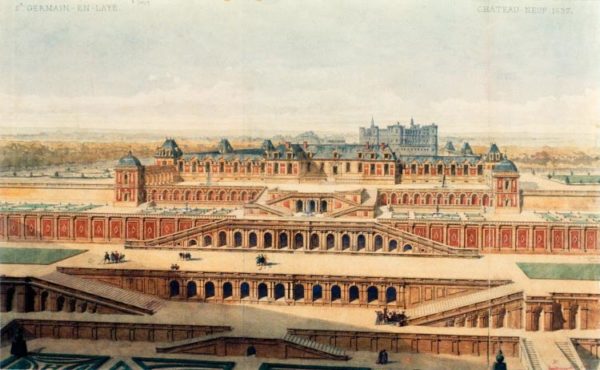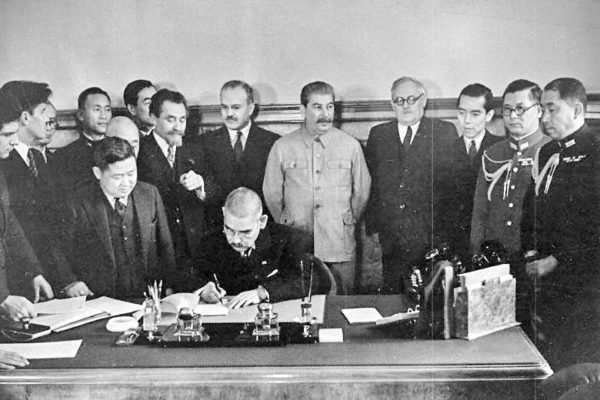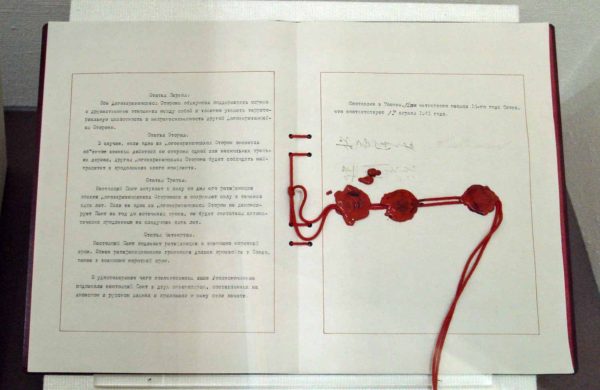I thought perhaps you might like to read about a site I’ve decided to include in the first volume of our new book series, Where Did They Put the Gestapo Headquarters? A Walking Tour of Nazi-Occupied Paris. For those of you who have read one or more of my prior books, you know that four walks are included along with a section called “Métro Walks.” Each of the four walks has multiple stops and you can walk from one stop to the next without having to jump on the métro. However, there are sites that are interesting, but I couldn’t fit them into any of the walks or they are stand-alone stops accessible by means other than the métro. Typically, I include four of these sites in each book. For example, in volume two of the book, Where Did They Burn the Last Grand Master of the Knights Templar? A Walking Tour of Medieval Paris, one of the Métro Walk stops is Château-Gaillard. This is the castle built by King Richard the Lionheart after he was released from captivity in 1194 by Leopold V, Duke of Austria. It has a very interesting history and the castle’s ruins are situated on a hill overlooking the Seine River and easily accessible by car.
Today’s subject is in the town of Saint-Germain-en-Laye, a suburb of Paris about seventeen miles (twenty kilometers) to the west. It also sits on a hill overlooking the Seine. Its strategic location was one of the reasons why Hitler chose Saint-Germain-en-Laye as headquarters for the Oberbefehlshaber West (Ob West), or German Commander-in-Chief in the West. It is a somewhat compact town and perfect for walking to the numerous bunkers built by the Germans as well as their command headquarters. It is also a town with quite a bit of French history.




